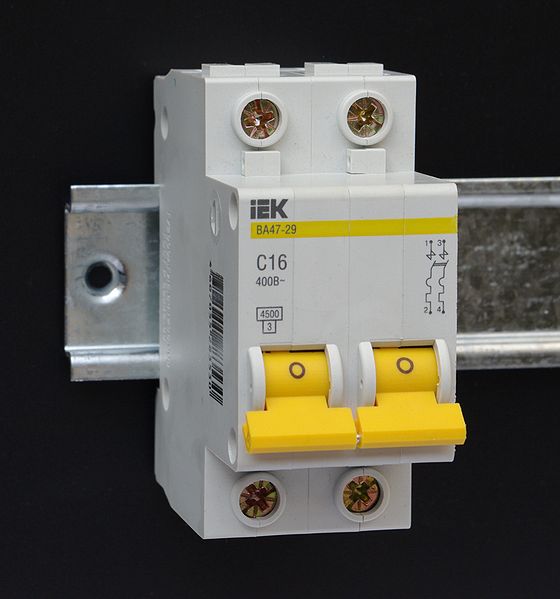The thermal key and the differential circuit breaker as seen in Square D products are two fundamental components of any home electrical installation since they protect the network and can save your life in the event of an electrical failure.
Are required for any network verification by a licensed electrician or for ordering a new meter. To begin, you have to identify that there are two types of protection circuit breakers that are located on the electrical panel of your home. When any short circuit occurs, these devices will cut off the power flow.
Differential Circuit Breaker
The main function of the circuit breaker is to interrupt the flow of electricity in a circuit when there is a difference between the incoming and outgoing current. Technically it detects differences between intensity magnitudes and, in those cases, it cuts.
The most common example is when a person receives an electric shock. It also applies to short circuits in faulty appliances or humidity problems that generate minor electrical leaks.
Thermomagnetic Key
It is popularly known as a ‘thermal key.’ This device protects the installation from overheating of the cables (to prevent them from burning) in the event of an overload. When the current flowing through the circuit increases too much, this device heats up and cuts out. Unlike fuses -which must be replaced after a single use-, the thermomagnetic key can be reconnected.
For example, if more appliances are connected to a home than the installation can support, the key will prevent overheating, leading to a fire.
Bipolar thermomagnetic key.
Connection
It is essential that you consult a licensed electrician to ensure optimal security conditions for your home for the installation of these keys.
It is very important to note that all household electrical connections must be grounded as a safety measure.
NEMA And DIN Circuit Breakers. What Does That Mean?
Both are names of safety standards (technical standards) that circuit breakers meet. So, which one should we choose?
NEMA models are the oldest types, less and less employed, due to low efficiency due to several factors.
On the other hand, DIN models use modern technology, which provides high protection efficiency (they are precise and fast), in addition to being more compact.
Depending on the usage, the type of curve is defined: B or C.
Curve B – They are indicated only for resistive loads, such as electric taps, showers, and heaters.
Curve C – Ideal for general use, sockets, lighting circuits, and equipment with high starting currents, such as electric motors, washing machines, refrigerators, and the like.
Before choosing the circuit breakers for your work, pay attention to the tips:
Always use standard DIN devices, which guarantee effective protection.
Look for models that have a colored “on/off indicator. This will make it easier to identify its status on the switchboard.
Always purchase quality products of good origin, which have technical support and warranty.







